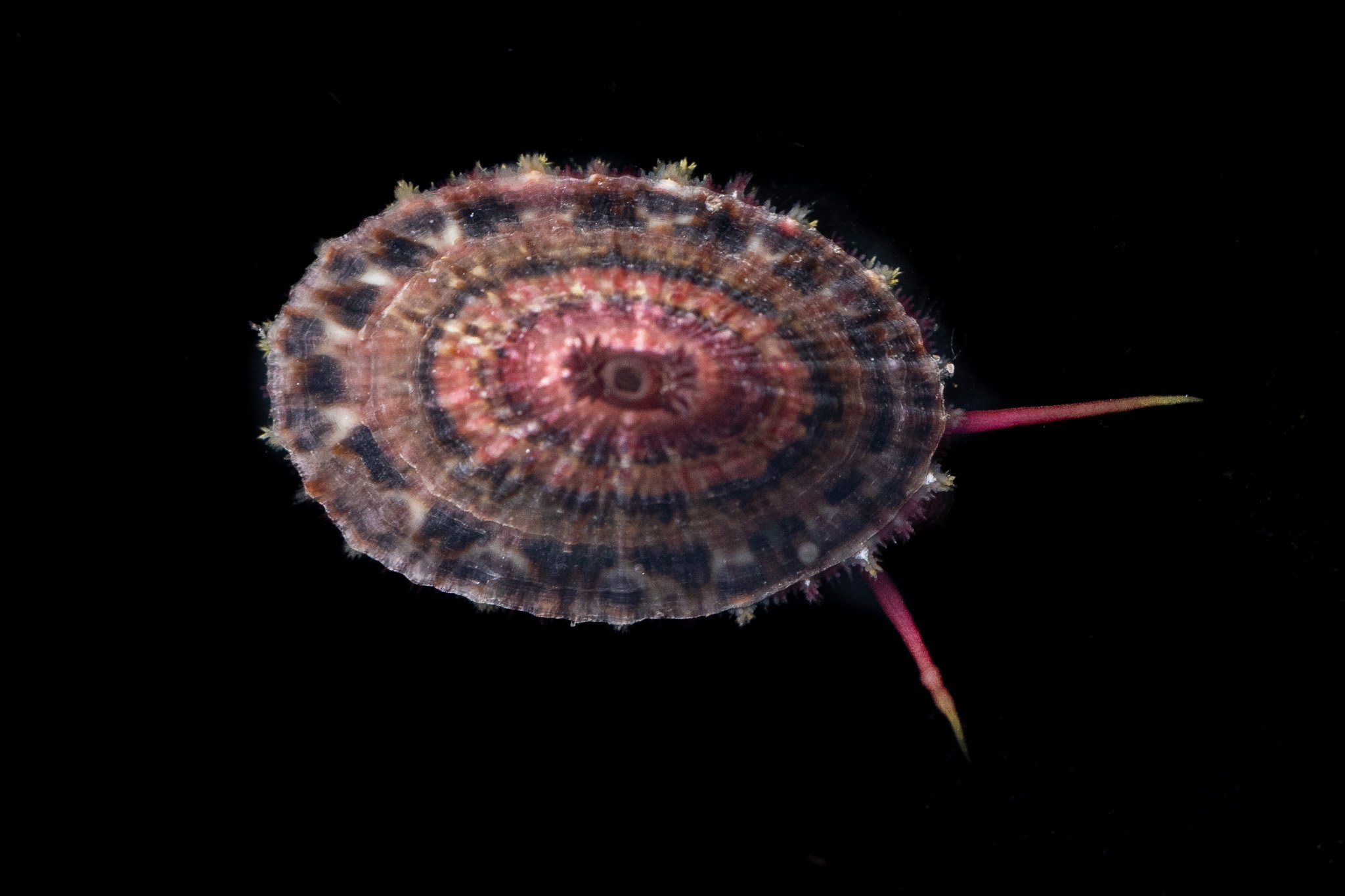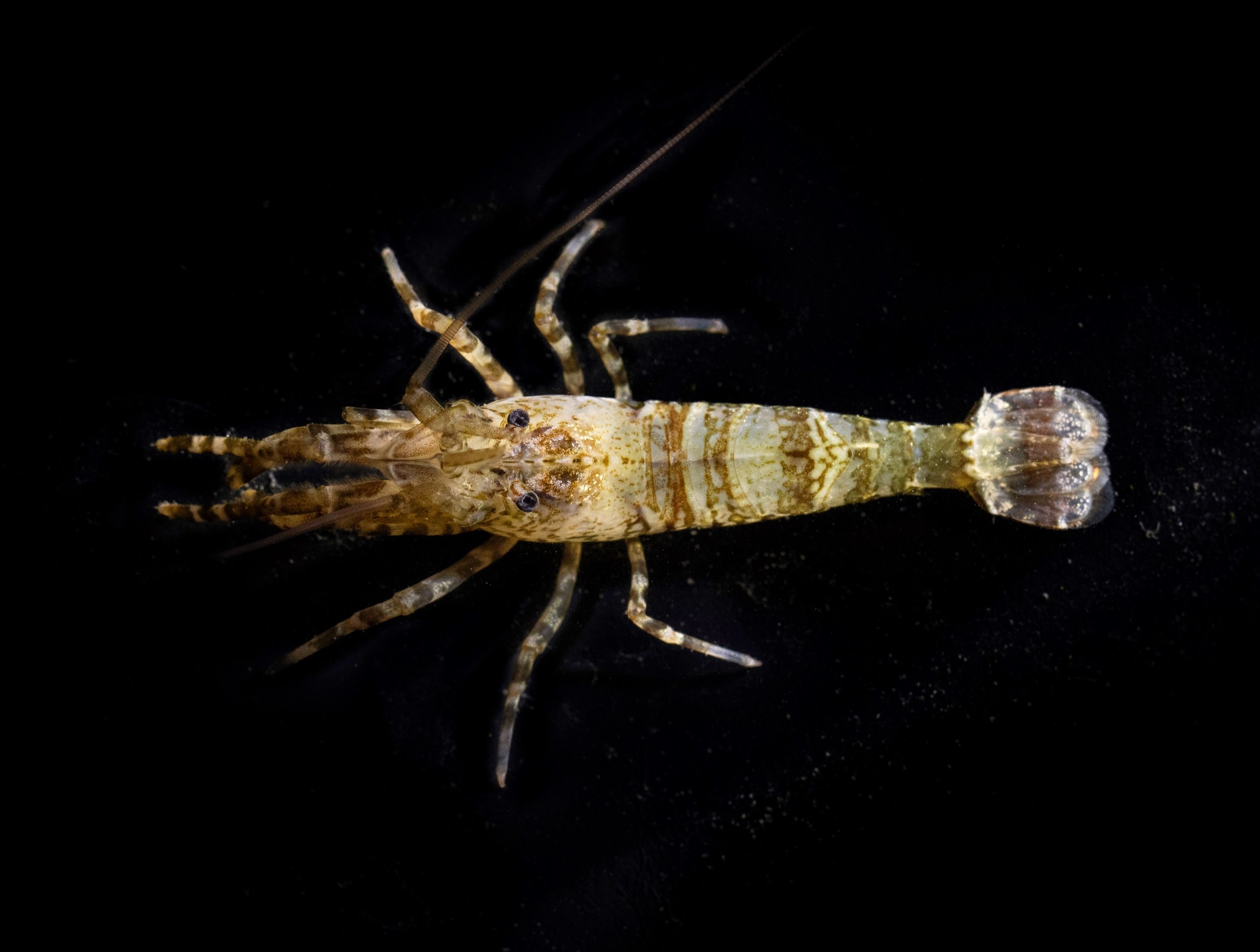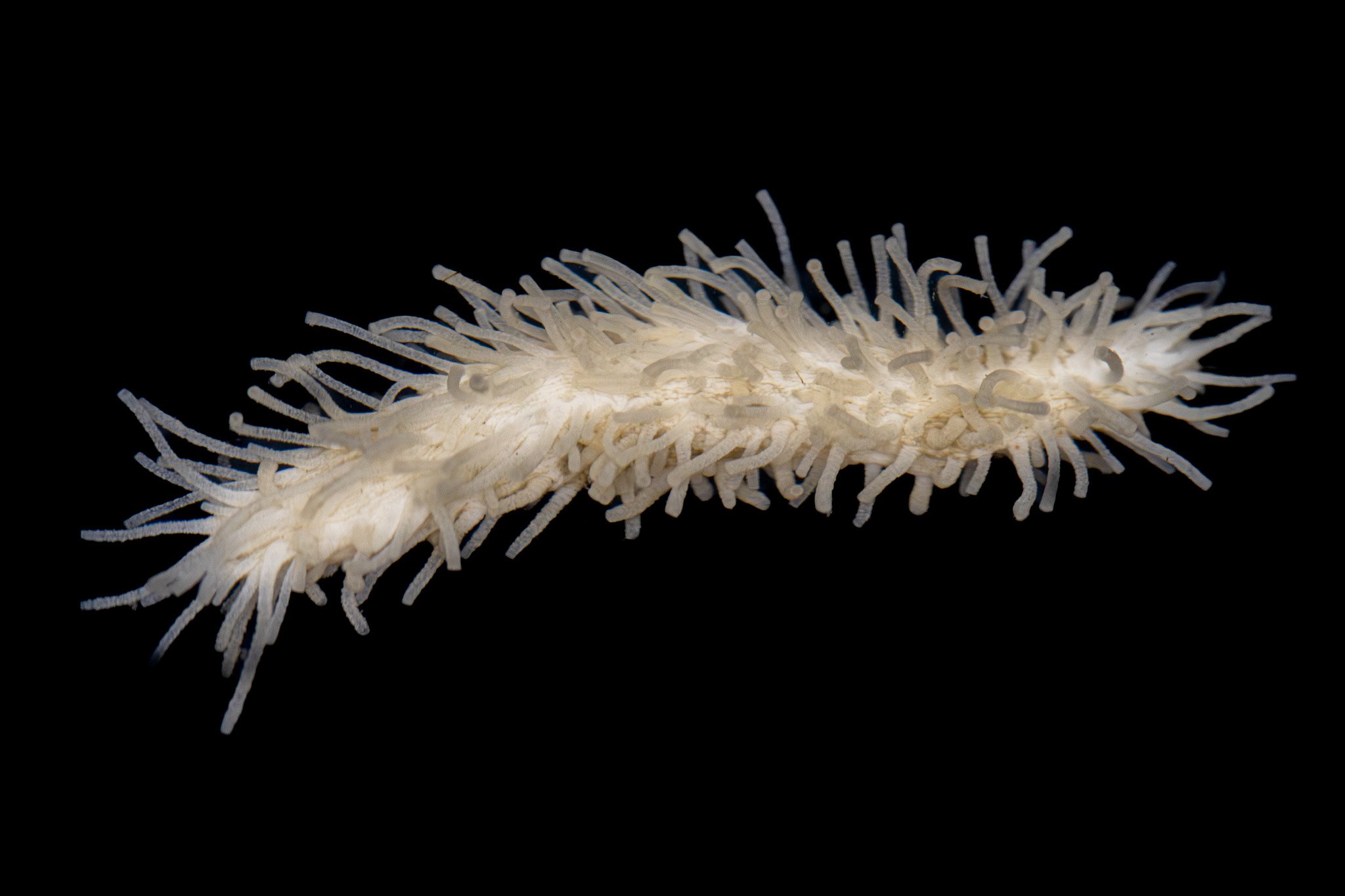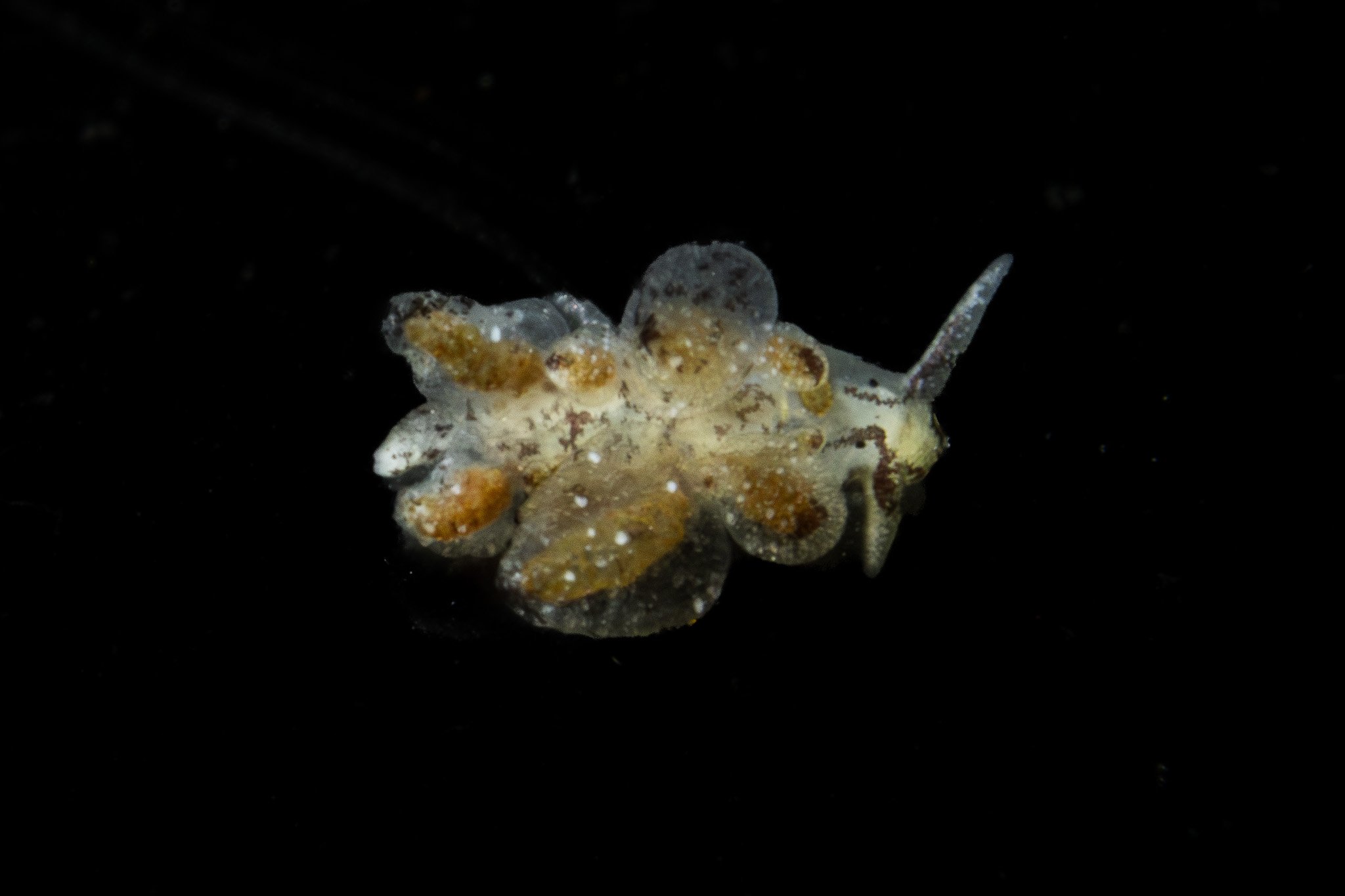
Intertidal
The rocky coastline of California is home to an incredibly rich, biodiverse world. When low tide hits, this world is open for us to explore.
Click any image to view larger and see species name.
Opalescent Nudibranch (Hermissenda opalescens) - Humboldt County 2023
Sorcerer's Dorid (Polycera atra) - Monterey County, 2023
Hooded Nudibranch (Melibe leonina) - San Luis Obispo County, 2023
California Aglaja (Navanax inermis) - San Diego County, 2023
Rockhead Poacher (Bothragonus swanii) - Humboldt County, 2024
California Seahare (Aplysia californica) - San Diego County, 2023
Furry Crab (Hapalogaster cavicauda) - Humboldt County, 2024
Volcano Keyhole Limpet (Fissurella volcano) - San Diego County, 2023
Clown Dorid (Triopha catalinae) - Humboldt County, 2022
Red-eye Medusa (Polyorchis penicillatus) - Humboldt County, 2022
Red Rock Crab (Cancer productus) - Humboldt County, 2023
Warty Shag-rug Nudibranch (Aeolidia loui) - San Luis Obispo County, 2023
Fluffy Sculpin (Oligocottus snyderi) - Humboldt County, 2022
Western Spiny Brittle Star (Ophiothrix spiculata) - Monterey County, 2023
Chevron Ribbon Worm (Nipponnemertes bimaculata) - Humboldt County, 2024
White and Orange Tipped Nudibranch (Antiopella fusca) - Humboldt County, 2022
Blind Goby (Typhlogobius californiensis) - San Diego County, 2023
English Sole (Parophrys vetulus) - Humboldt County, 2023
San Diego Dorid (Diaulula sandiegensis) - Santa Cruz County, 2023
Caridean Shrimp (Genus crangon) - Humboldt County, 2022
Tidepool Snailfish (Liparis florae) - Humboldt County, 2023
Flat Porcelain Crab (Petrolisthes cinctipes) - Humboldt County, 2024
Spotted Dorid (Triopha maculata) - Humboldt County, 2022
Stout Coastal Shrimp (Heptacarpus brevirostris) - Humboldt County, 2022
Lesser Two-spot Octopus (Octopus bimaculoides) - San Diego County, 2023
Misaki Aeolid (Leostyletus misakiensis) - San Mateo County, 2023
Festive tritonid (Tritonia festiva) - Humboldt County, 2023
Slipskin Snailfish (Liparis fucensis) - Humboldt County, 2023
Three-lined Aeolid (Coryphella trilineata) - Humboldt County, 2022
Smoothhead Sculpin (Artedius lateralis) - Humboldt County, 2024
Horned Nudibranch (Hermissenda crassicornis) - Humboldt County, 2022
Cusk Eel (Chilara sp.) - Humboldt County, 2024
Baba's Festive Aeolid (Babakina festiva) - San Diego County, 2023
Santa Cruz County, 2023
Cockerell's Dorid (Limacia cockerelli) - Humboldt County, 2022
Eighteen-scaled worm (Halosydna brevisetosa) - Humboldt County, 2023
Stiff footed Sea Cucumber (Eupentacta quinquesemita) - Humboldt County, 2023
White-lined Dirona (Dirona albolineata) - Humboldt County, 2022
Brown-streaked Sapsucker (Stiliger fuscovittatus) - Humboldt County, 2023
High Cockscomb (Anoplarchus purpurescens) - Humboldt County, 2023
Pseudoceros flatworm (Genus Pseudoceros) - Humboldt County, 2023
Hilton's Aeolid (Phidiana hiltoni) - Santa Cruz County, 2023
Striped Polyclad Worm (Eurylepta californica) 0 Monterey County, 2023
Branched Dendronotid (Dendronotus venustus) - Humboldt County, 2023
Enosima Aeolid (Sakuraeolis enosimensis) - San Mateo County, 2023
Modest Clown Dorid (Triopha modesta) - Humboldt County, 2023
Red Rock Crab (Cancer productus) - Humboldt County, 2023
It all started on my first proper tide-pooling trip after moving to Humboldt County in 2022. The very first nudibranch I came across was a clown dorid (Triopha catalinae), a common species along the California coast. It was so vastly different from anything I’d seen before, and I instantly fell in love with its obscure nature. The marine mollusk was crossing a dark, large piece of kelp right at sunset. I wasn’t trying for a black background photo, but after seeing how the nudibranch popped against the shadows through my viewfinder, it would be impossible not to experiment with it.
Over a year later, this project has taken me on countless adventures along the coast and shown me things I would have never imagined to exist in our world. The Intertidal zone has quickly become my favorite place to explore.


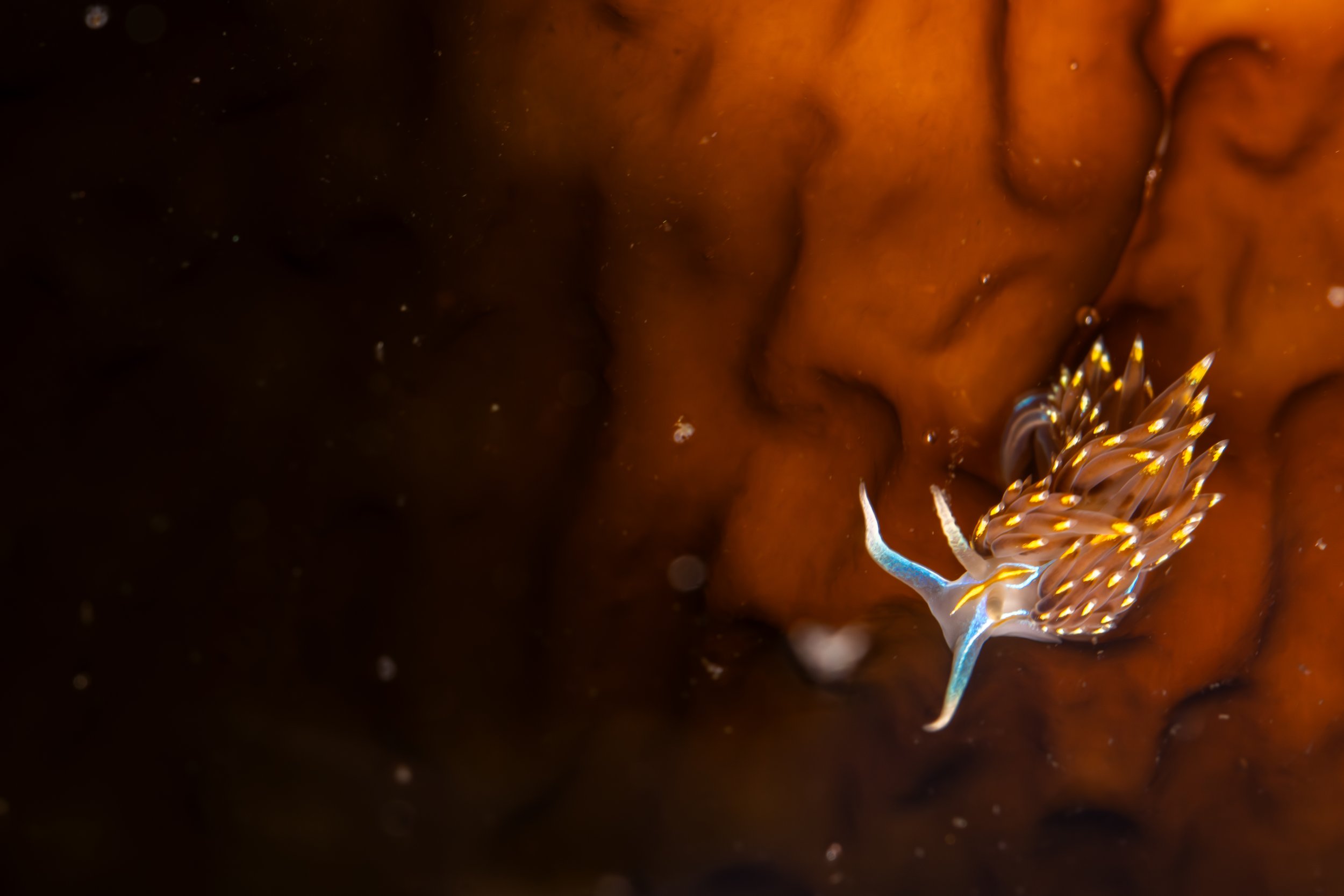



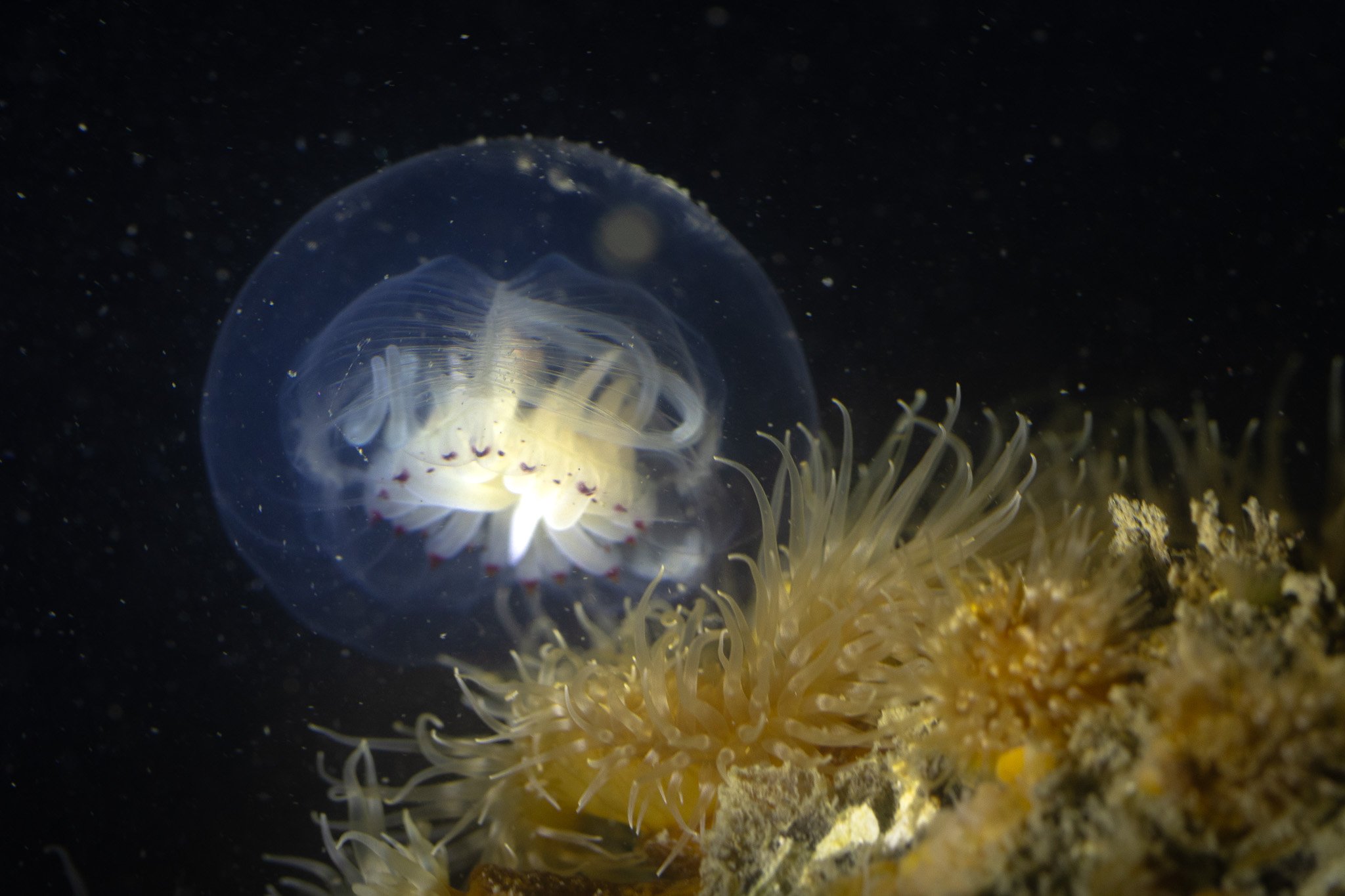

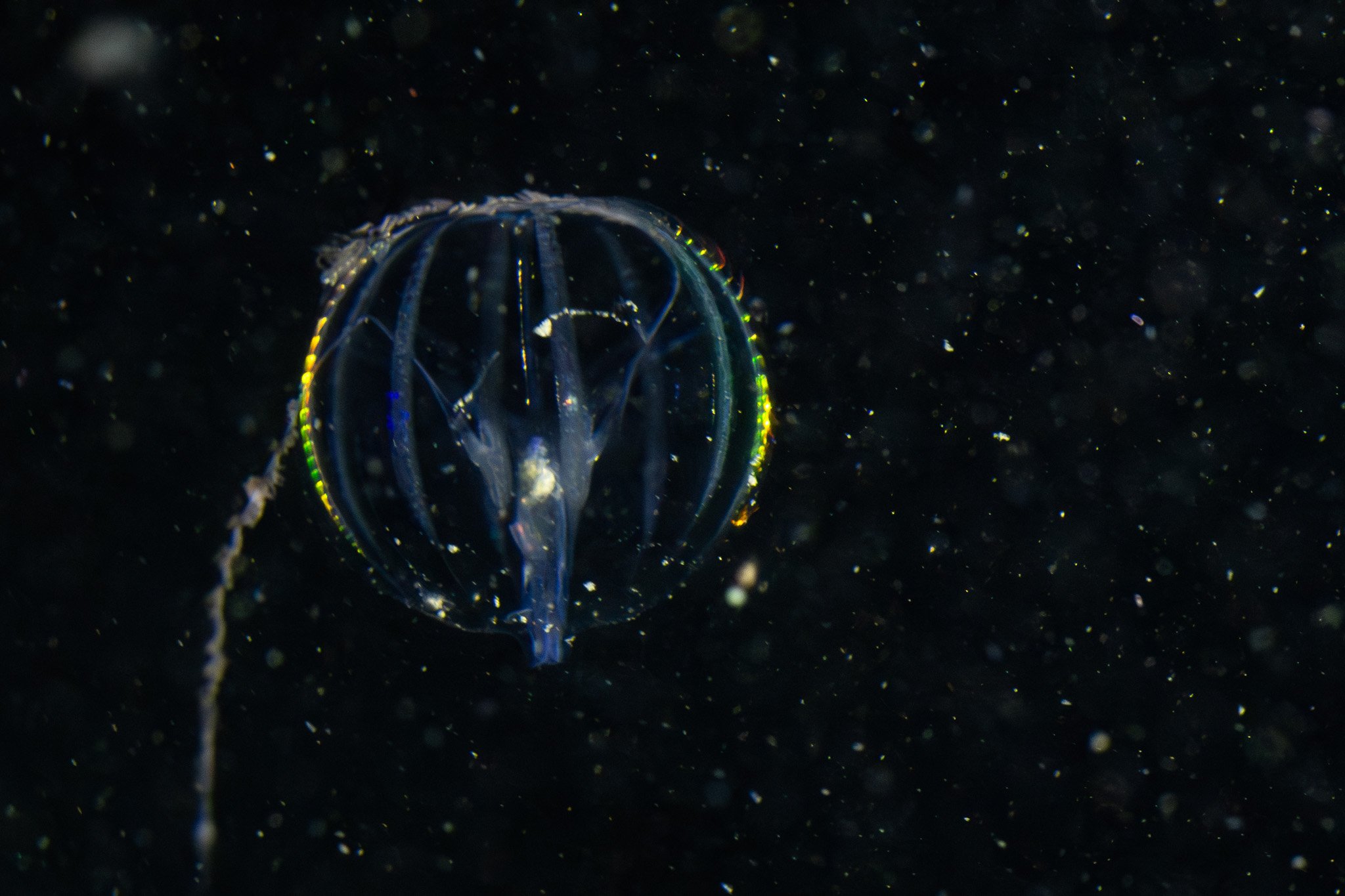
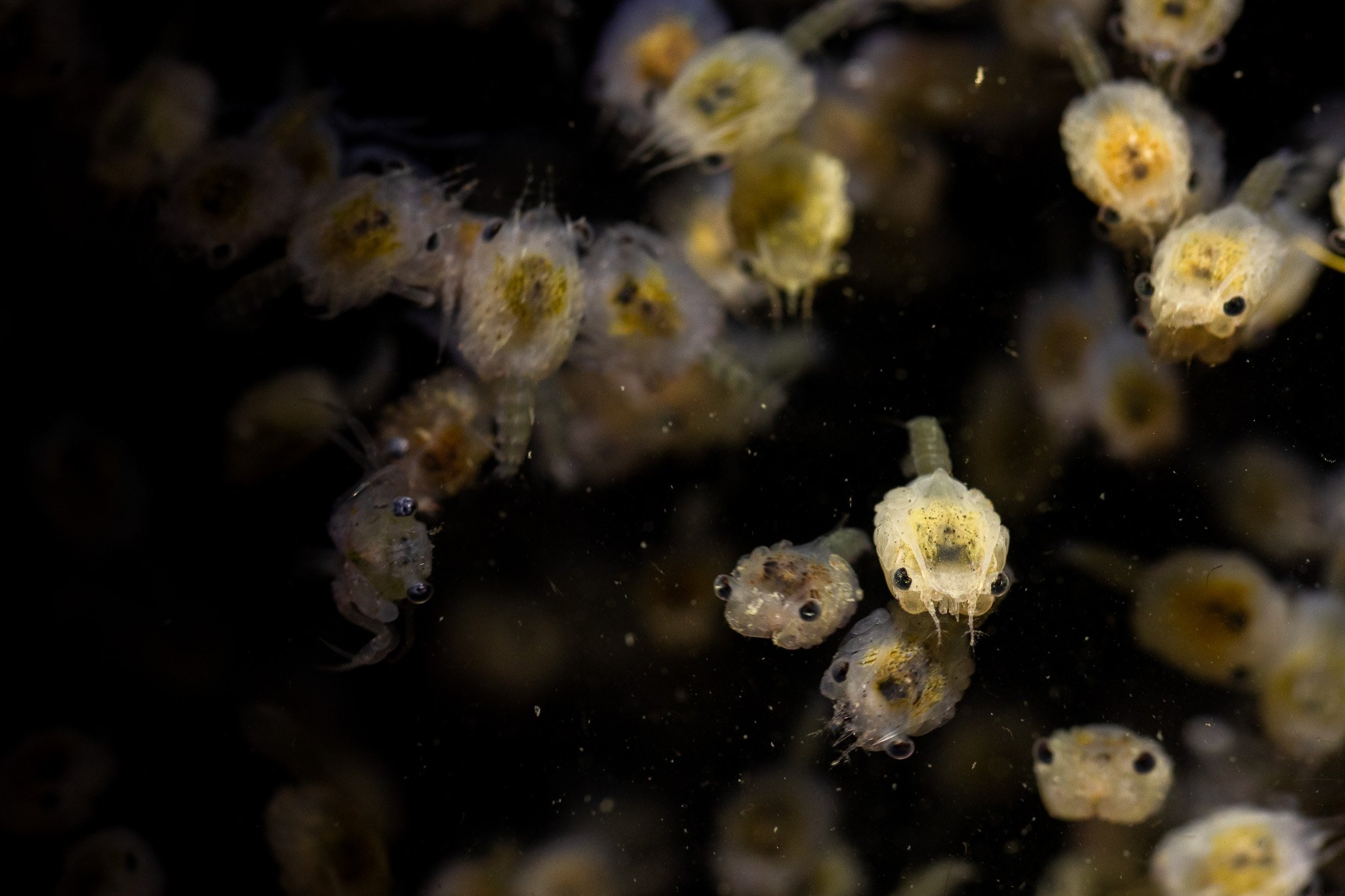
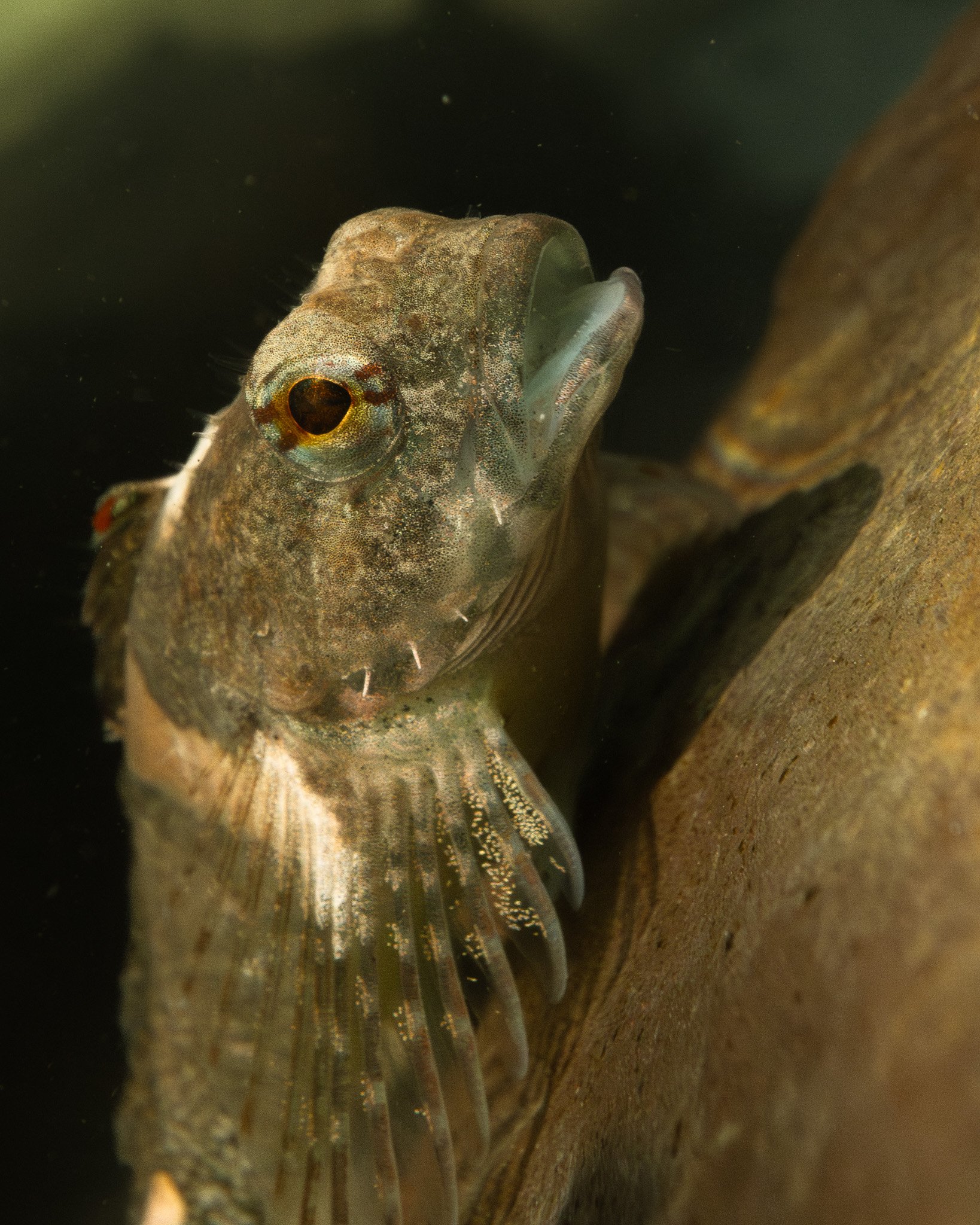

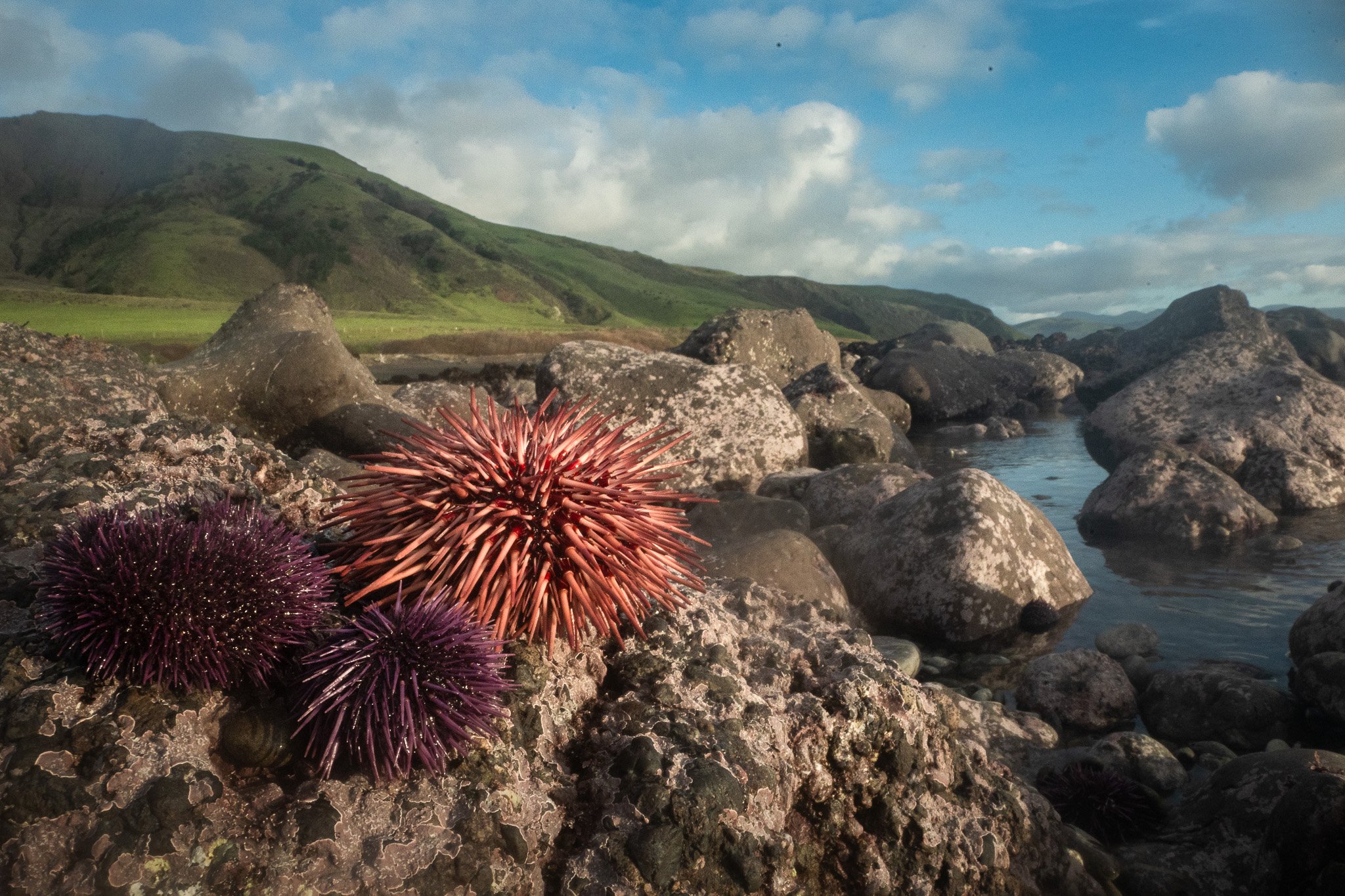

Where are these photos from?
Tucked between the waves and cliffs of Northern California lies a hidden world. The intertidal zone is home to an incredibly unique ecosystem, harboring species of all shapes, sizes and colors.
Although most of these photos are taken during low tide while exploring tide pools along the coast, I have also had a lot of success exploring a much more urban habitat: boat docks.
It didn’t take long before I was blown away by how much life grows on the underside of these man-made structures. The video on the right shows the underside of a dock in Monterey, California.
